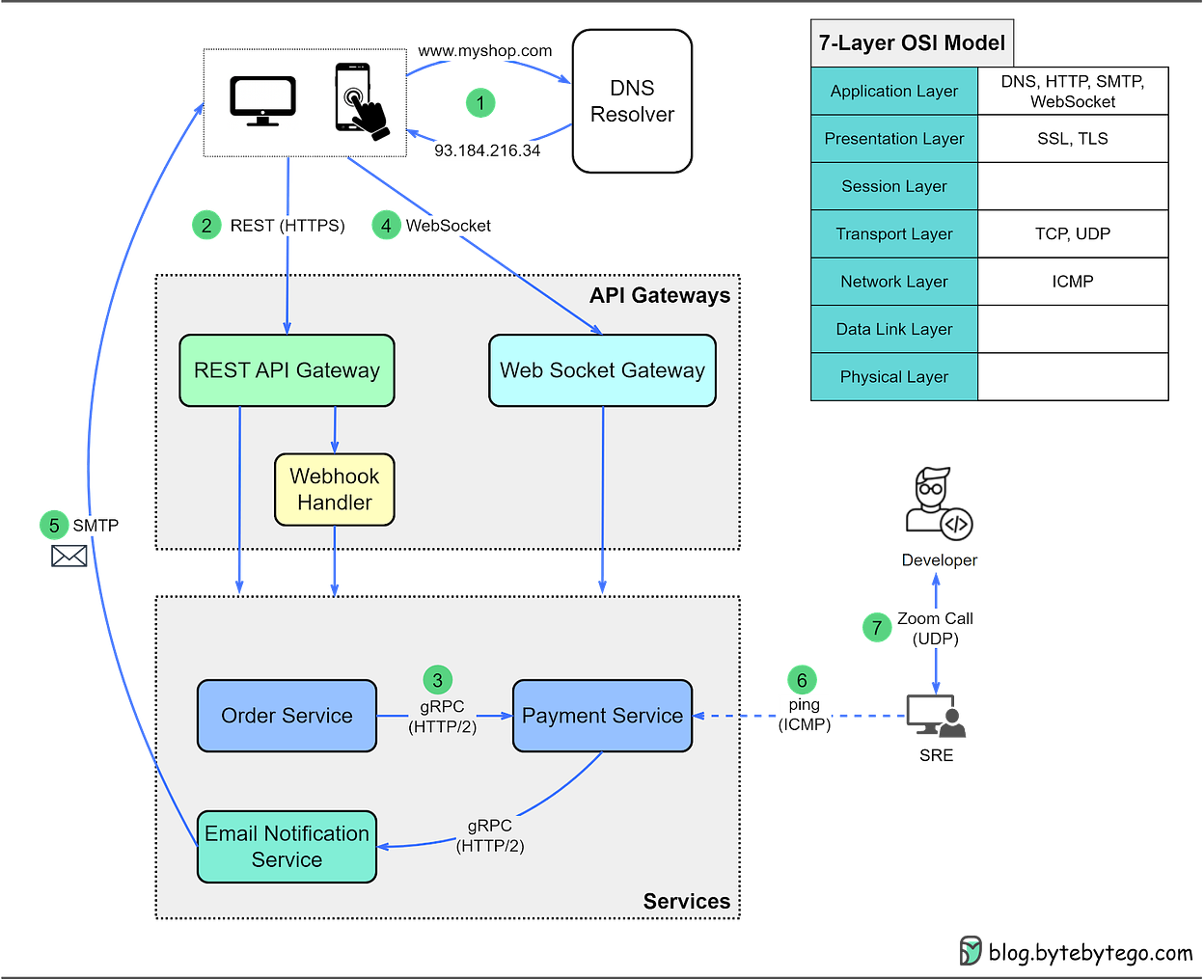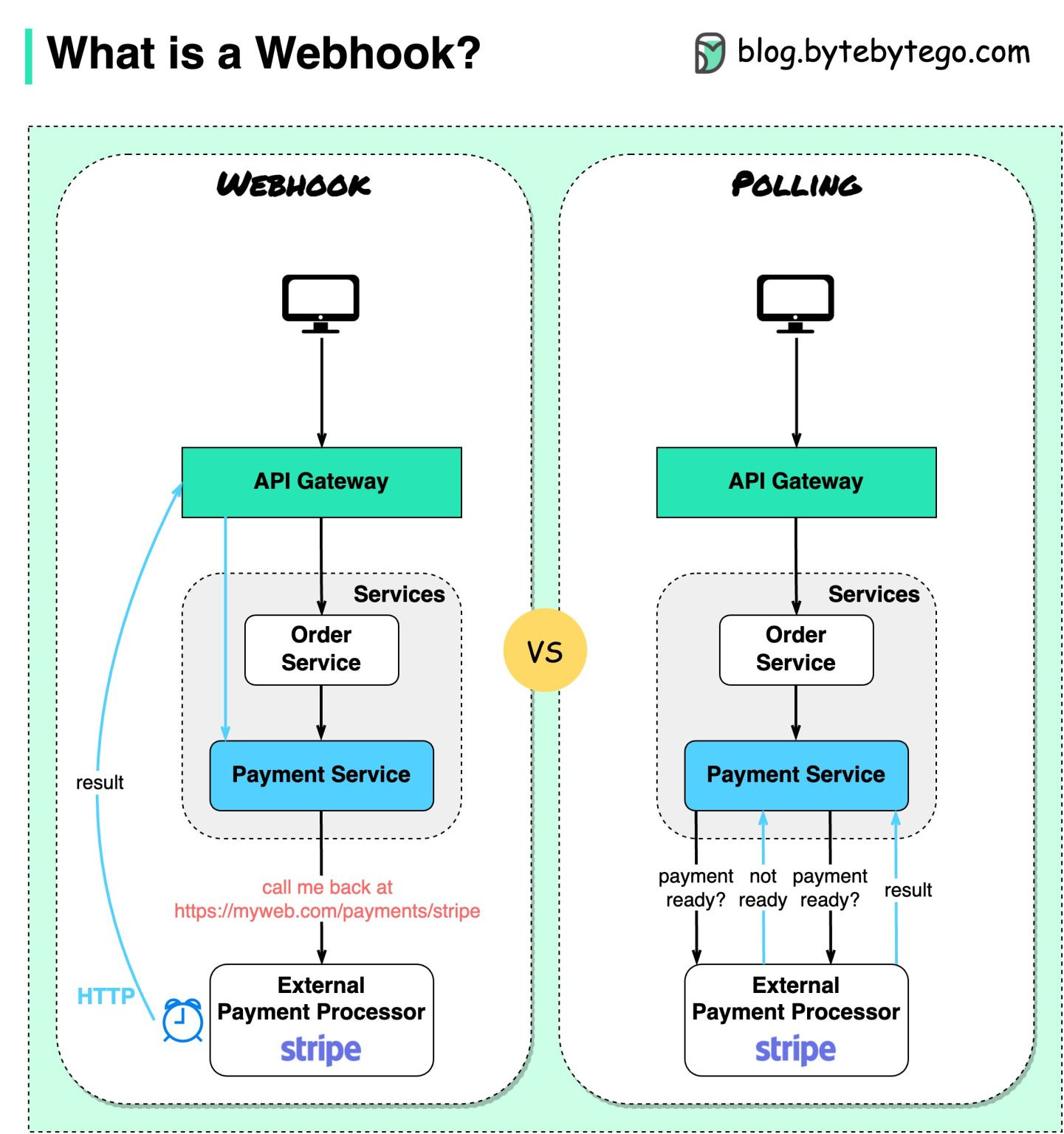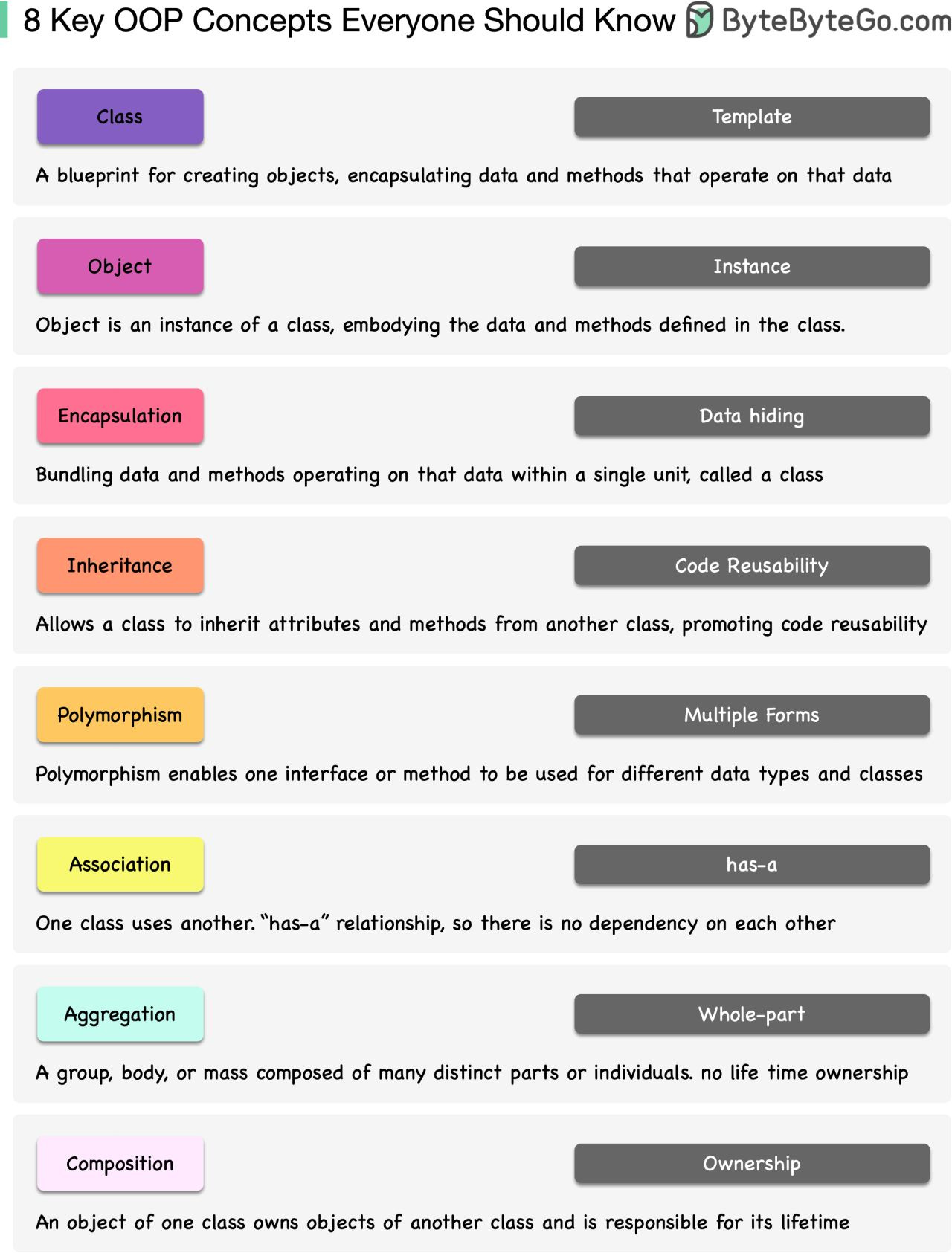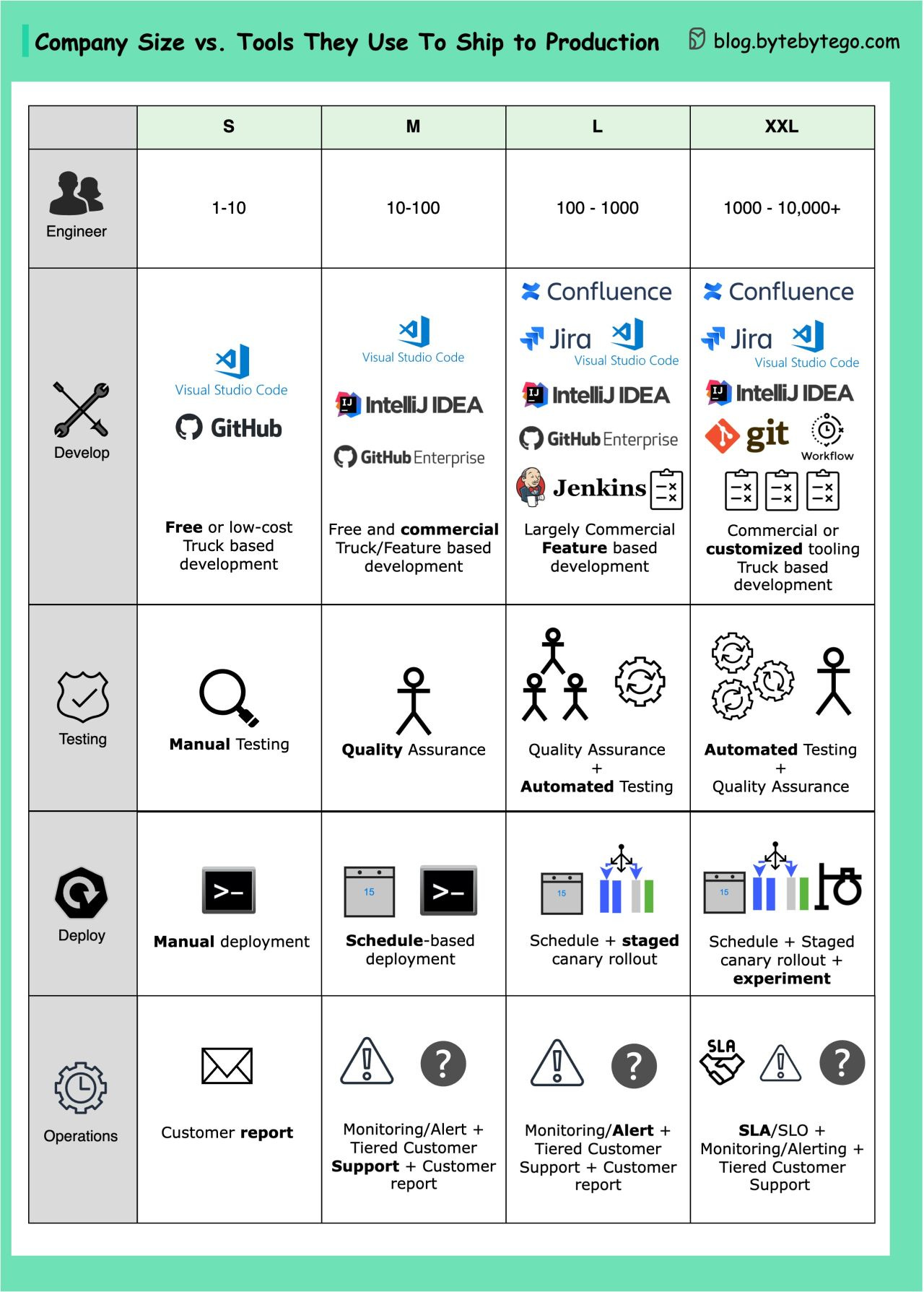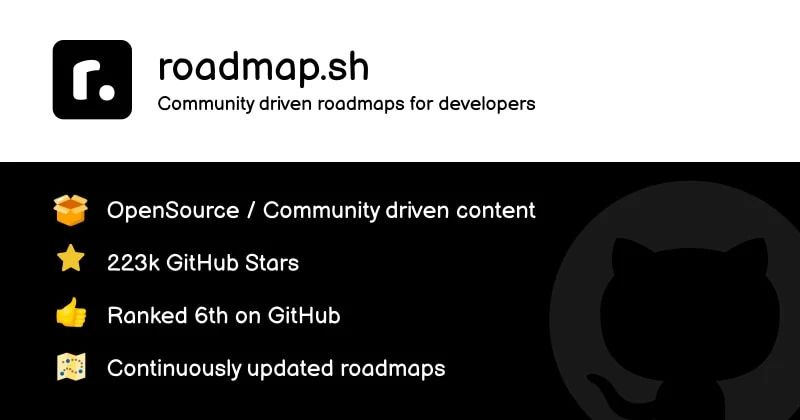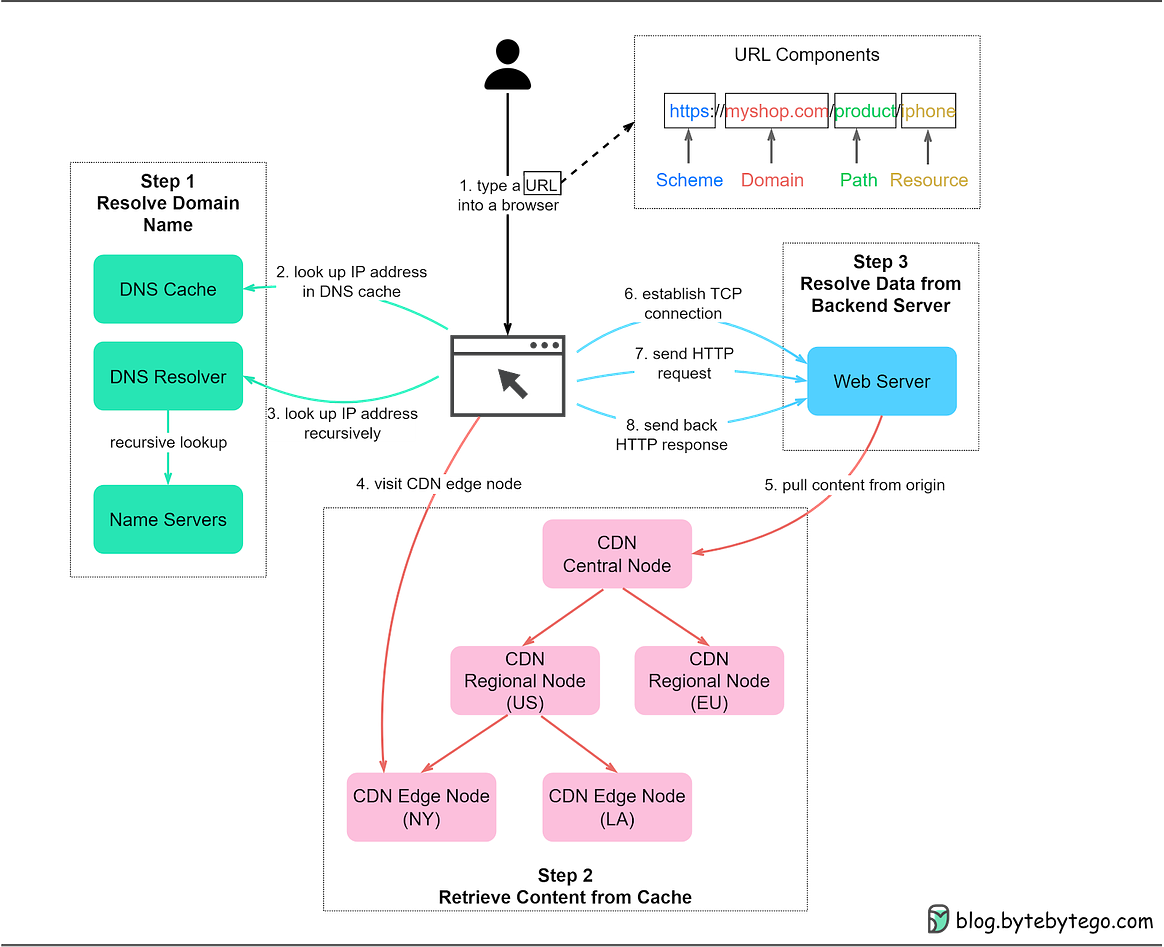- Mailing Lists
- in
- EP65: What Is A Webhook
Archives
- By thread 5315
-
By date
- June 2021 10
- July 2021 6
- August 2021 20
- September 2021 21
- October 2021 48
- November 2021 40
- December 2021 23
- January 2022 46
- February 2022 80
- March 2022 109
- April 2022 100
- May 2022 97
- June 2022 105
- July 2022 82
- August 2022 95
- September 2022 103
- October 2022 117
- November 2022 115
- December 2022 102
- January 2023 88
- February 2023 90
- March 2023 116
- April 2023 97
- May 2023 159
- June 2023 145
- July 2023 120
- August 2023 90
- September 2023 102
- October 2023 106
- November 2023 100
- December 2023 74
- January 2024 75
- February 2024 75
- March 2024 78
- April 2024 74
- May 2024 108
- June 2024 98
- July 2024 116
- August 2024 134
- September 2024 130
- October 2024 141
- November 2024 171
- December 2024 115
- January 2025 216
- February 2025 140
- March 2025 220
- April 2025 233
- May 2025 239
- June 2025 303
- July 2025 127
EP65: What Is A Webhook
EP65: What Is A Webhook
This is a sneak peek of today’s paid newsletter for our premium subscribers. Get access to this issue and all future issues - by subscribing today. Latest articlesIf you’re not a subscriber, here’s what you missed this month: To receive all the full articles and support ByteByteGo, consider subscribing: This week’s system design refresher:
Stack Overflow's Architecture: A Very Interesting Case Study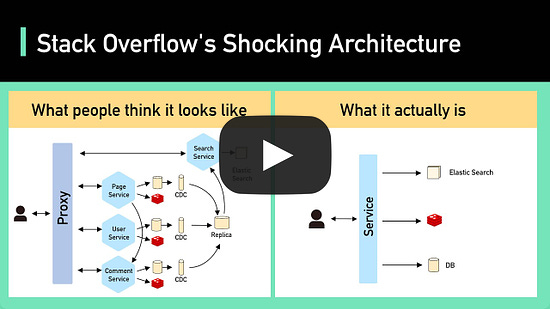 What is a webhook?The diagram below shows a comparison between polling and webhook. Assume we run an eCommerce website. The clients send orders to the order service via the API gateway, which goes to the payment service for payment transactions. The payment service then talks to an external payment service provider (PSP) to complete the transactions.
What if the PSP never calls back? We can set up a housekeeping job to check payment status every hour.
8 Key OOP Concepts Every Developer Should KnowObject-Oriented Programming (OOP) has been around since the 1960s, but it really took off in the 1990s with languages like Java and C++. Why is OOP Important? OOP allows you to create blueprints (called classes) for digital objects, and these objects know how to communicate with one another to make amazing things happen in your software. Having a well-organized toolbox rather than a jumbled drawer of tools makes your code tidier and easier to change. What tools does your team use to ship code to production and ensure code quality?The approach generally depends on the size of the company. There is no one-size-fits-all solution, but we try to provide a general overview.
Developer RoadmapsI came across this website recently and thought it could be helpful. Link: roadmap.sh ByteByteGo is looking for guest posts/authorsI’m looking for guest posts/authors for ByteByteGo's social media or newsletter (> 1.5 million audiences).
Submit your pitch here. Latest articlesHere are the latest articles you may have missed: To receive all the full articles and support ByteByteGo, consider subscribing: © 2023 ByteByteGo |
by "ByteByteGo" <bytebytego@substack.com> - 11:36 - 24 Jun 2023
